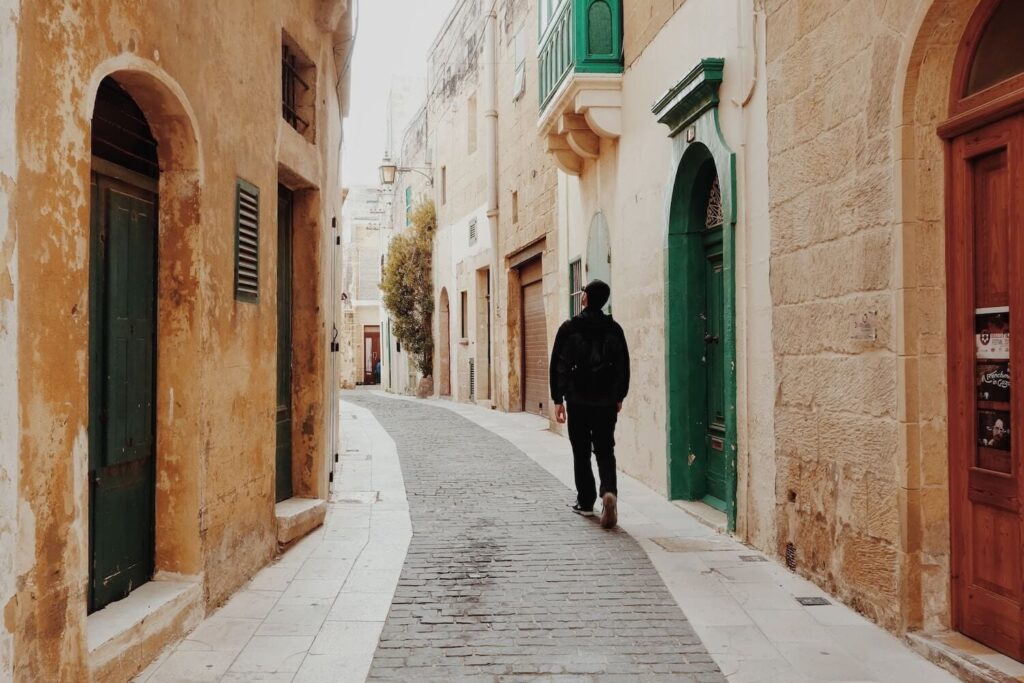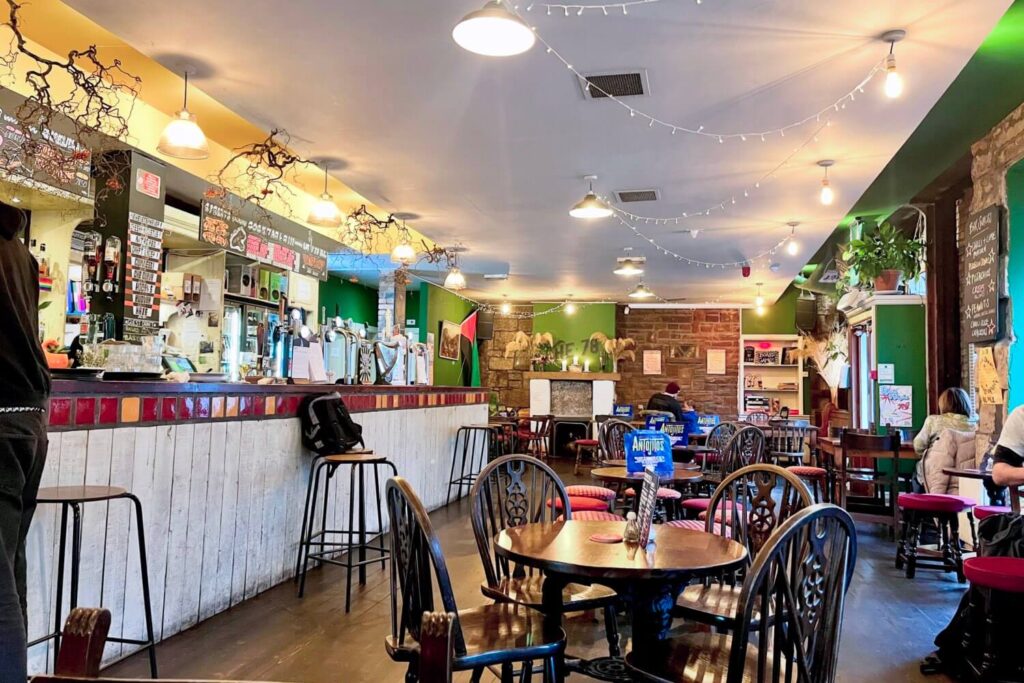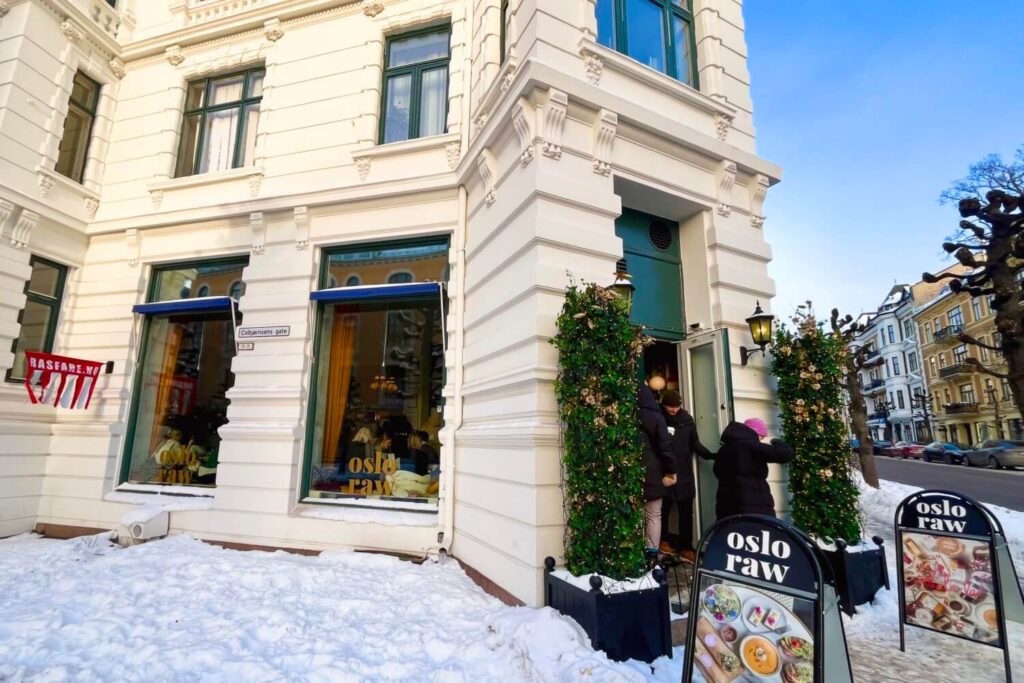On the face of it, Malta might not seem like a typical Winter destination. It’s right in the middle of the Mediterranean Sea, it’s famous for its stunning coastlines and it’s an international diving hotspot. Traditionally, visitors flock to Malta to soak in some sunshine and enjoy the warm, clear waters surrounding the archipelago.
But, as we discovered on our Winter visit to Malta, the country has so much more to offer than sunshine and sea (although of course, that is in abundance in winter too).
In this post, I’ll go through some of the reasons why we think Malta is a great Winter destination and, in a lot of ways, why it might actually be better to visit in Winter than in Summer.
This post contains affiliate links. Find out more in our Privacy Policy.
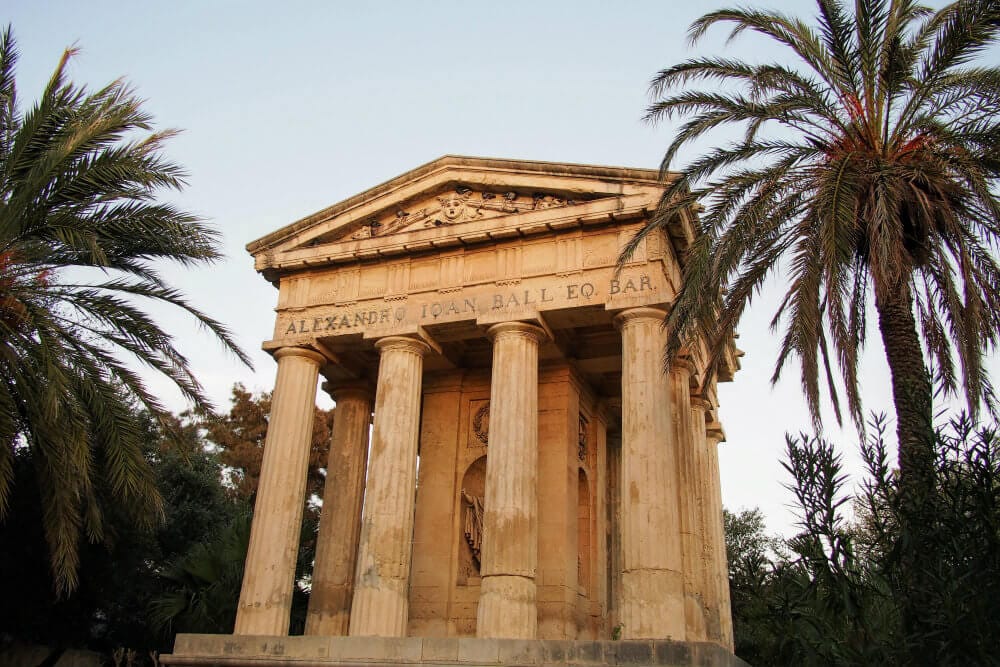
The golden hour at the Monument to Sir Alexander Ball in Lower Barrakka Gardens, Valletta and the early afternoon sun shines over the Mediterranean Sea and a pathway to Mnajdra megalithic temple
1. Comfortable Temperatures
In July and August, the peak season for tourist activity in Malta, the average temperature is 27°C (80°F). Hot! In recent years, temperatures have occasionally reached nearly 40°C (104°F)! Ludicrously hot!
For us, we begin to struggle with daily life once temperatures go beyond 23°C (we’re Brits, we’re not used to it). So, we were delighted to find temperatures during our visit to Malta in Winter were comfortably between 17°C-20°C.
Even if temperatures don’t reach these giddy heights, it’s worth keeping in mind that Malta enjoys some of the highest average hours of sunshine in Europe. Whilst the likes of London enjoys an average of just 1,461 hours of sunshine per year, Malta enjoys around 3,000 hours.
If you’re anything like us, you like to explore and make the most of your time when you’re somewhere new, not lounge around on a beach. Since temperatures were comfortable and the sun was shining, we could explore as much of Malta as we liked without the weather affecting our plans.
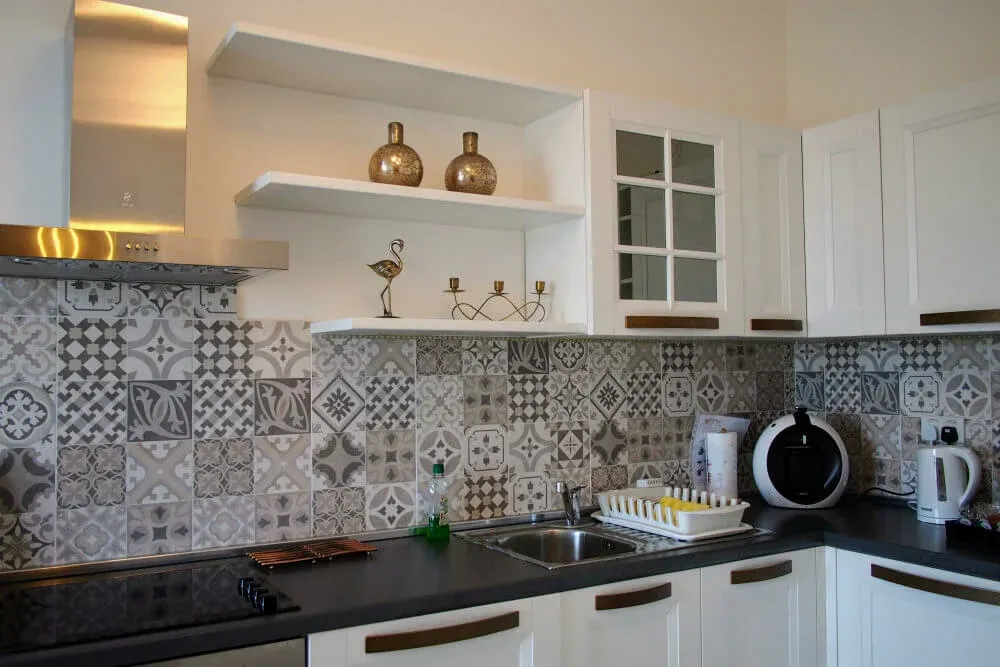
Our townhouse Airbnb in Floriana, on the outskirts of Valletta
2. Cheaper Accommodation & Greater Availability
With fewer tourists visiting Malta in Winter, that inevitably means accommodation is cheaper and there will be more rooms and rentals to choose from. We used Airbnb on our Winter visit and found prices were very reasonable and that we were spoilt for choice. We ended up choosing a beautiful townhouse in Floriana (regretfully no longer available), a few minutes walk from the centre of Valletta.
For comparison, we ran searches for places to stay in July and found that accommodation was on average around 40% more expensive than in Winter months and that there was much less choice in terms of available options.
Scroll down to the Plan & Book section below to see our hotel picks for Malta.
3. Cheaper & Less Crowded Public Transport
The bus network in Malta is surprisingly extensive, with buses reaching most parts of the main two islands with at least hourly services. That’s not to say the service is the most reliable (during our visit, buses rarely arrived or departed on time), but at least there is a service of some sort.
Obviously, with fewer tourists visiting Malta in Winter, competition for seats on buses is greatly reduced. Even better though is that fares during the Winter season are 25% cheaper than they are in Summer months.
For example, a single cash fare to anywhere in Malta in Summer costs €2.00, whereas in Winter it costs just €1.50. Sure, you’ll sometimes wonder whether your bus is even showing up and the roads can be a bit bumpy from time to time, but it’s still good to be saving some money. Also, the likelihood of you not being able to fit on the bus is greatly reduced in Winter and the bus won’t need to stop quite as many times, so you might actually arrive at your destination quicker than expected.
Buses in Malta are operated by Malta Public Transport. Head to their website to check timetables and ticket information.
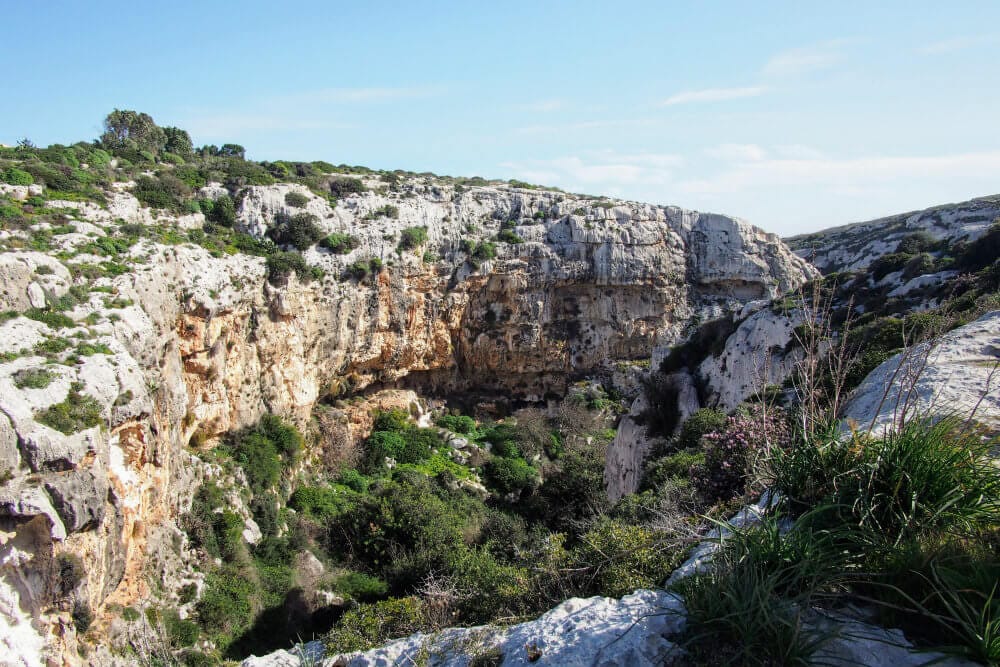
Scenes of Malta in Winter
4. Fewer Crowds Means Better Photos
When was the last time you were somewhere exciting and you were able to take a photo of it without a crowd of people obscuring part of it?
During our Winter visit to Malta, we visited crowd-free megalithic temples, crowd-free gorges on Gozo, crowd-free citadels and walked the crowd-free streets of Valletta. Everywhere we went, we were able to take some fabulous photos without having our shots ruined by masses of other tourists.
Recently, we’ve been growing increasingly annoyed by crowds in major tourist attractions, so much so that we’re now diverting our attention away from them and instead to second cities and burgeoning attractions. Malta in Winter though provided a much less stressful, much more satisfying experience.
5. Ideal for Exploring Malta by Segway
With fewer other tourists and a much kinder climate, we took the opportunity to nurture our more adventurous side during our visit to Malta.
Valletta is the EU’s smallest capital city and therefore perfect for exploring on foot. Since the streets are laid out in a grid, visitors can meander about without a destination in mind, safe in the knowledge that they can usually find their way back to where they started.
Upon arrival in a new place however, we always like to get an initial overview and learn about its history before we explore it further. On a visit to Salzburg, Austria back in 2015, we did this by Segway (much to the annoyance of locals) and found it to be a perfect way to get around, so we were keen to see whether we could do the same in Valletta. Thankfully, we could!
Malta Segway Tours offers a fun, fact-filled 2 hour tour of Valletta for €55. As we sailed through the narrow streets of the city, we learnt about how Valletta came to be and how its rule changed hands. The moderately steep slopes at the northern end of the city were no match for the Segways and we floated past other tourists who were struggling on foot.
Like in Salzburg, getting around by Segway in Valletta proved to be a perfect way to get a relatively quick and easy overview of the city and to find our bearings. We learnt lots about Valletta and Malta in general and had great fun too.
As well as the Valletta tour, Malta Segway Tours provide other tours, such as a 3 hour tour of the southern coastline.
Book your Segway tour of Valetta now: Head to Viator to instantly book your place.
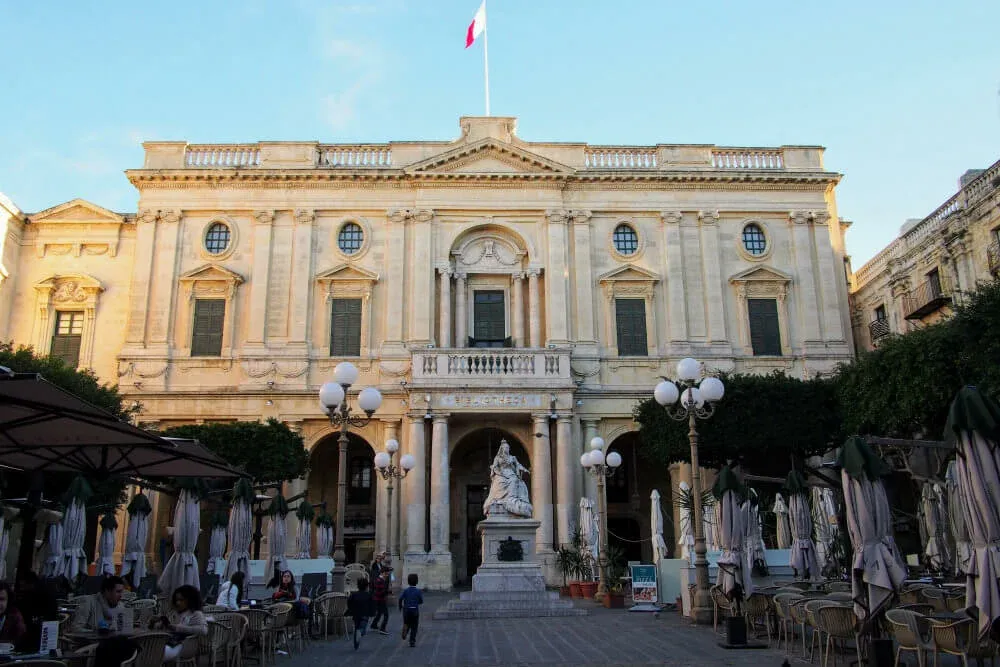
6. A More Authentic Maltese Experience
Valletta and Malta in general didn’t feel like a tourist destination during our Winter visit. As we walked around, we were able to notice locals socialising in Malti (the Maltese language) much more than we think we would have done had we been there during the high season. We felt our trip was more authentic as a result.
If you are visiting Malta in Winter, you’ll find it much easier to have a more authentically Maltese experience too. For example, grabbing a seat at Caffe Cordina in Valletta, a cafe loved by locals and tourists alike, will be much easier.
We recommend that you find a seat on the square outside, order a coffee and pastizzi and watch people stroll past. Locals especially like to sit on the square, watch people as the walk by and gossip about them. What better way to have a uniquely Maltese experience than to join in.
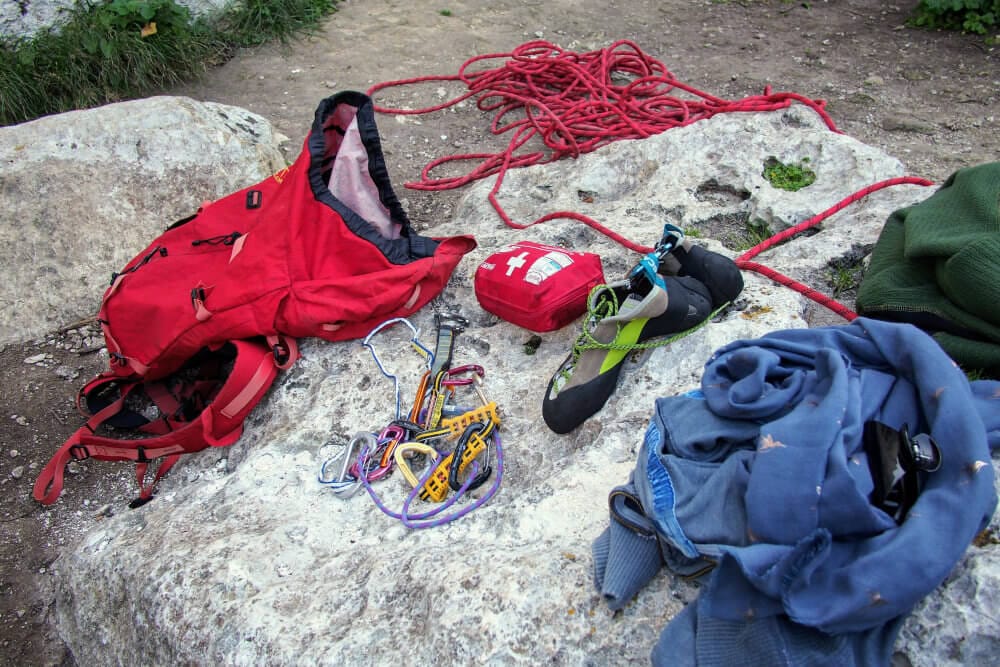
Photos showing our climbing experience in Malta
7. Fabulous Conditions for Climbing
Jade and I are always on the lookout for new things to try (and new things to scare us), so whilst in Malta, we booked a beginner’s lesson in rock climbing with Gozo Adventures.
The site for our first ever climb was Mġarr ix-Xini, on Malta’s second-largest island, Gozo. Much like the rest of Gozo, the gorge we climbed was gorgeous, particularly under blue skies and bright Winter sunshine.
Showing us the ropes (I should be ashamed, but I’m not) was former ice climbing world champion and legend of the climbing world, Stevie Haston. You could say Stevie has written the book on climbing in Malta and Gozo, mostly because he has literally written a book on climbing in Malta and Gozo which details all the best climbs.
Stevie’s celebrity status was proven when we arrived at the gorge and was stopped by a starstruck Austrian climber who excitedly asked him for a photo.
Just getting to our first climb was exciting enough. We edged our way down a steep slope, scrambled across limestone rocks and down into the gorge. Jade and I held each other’s hands over the trickier bits whilst Stevie went ahead in his flip-flops, his dog in tow, both clearly used to the terrain.
It was a calm and sunny day, not too hold or cold, therefore perfect for climbing. Our three climbs were each around 30m high. They were taxing, sometimes a bit scary, but ultimately great fun. Stevie was supportive throughout and gave lots of sage advice. We always felt like we were in good hands and it didn’t take us long to put our trust in him and the equipment.
I actually found that my long limbs came in handy and that my poor upper body strength didn’t hinder my performance too much. Jade also enjoyed it (once she’d stopped screaming), but favoured the abseiling rather than the climbing.
We’re so glad we gave climbing a go and will definitely be looking to continue our climbing careers. If you’re at all interested in climbing, we totally recommend you give it a go.
To get started with climbing in Gozo, get in touch with Gozo Adventures who offer guided climbs to suit anyone’s experience. They also provide guided hiking, biking and kayaking (seasonal).
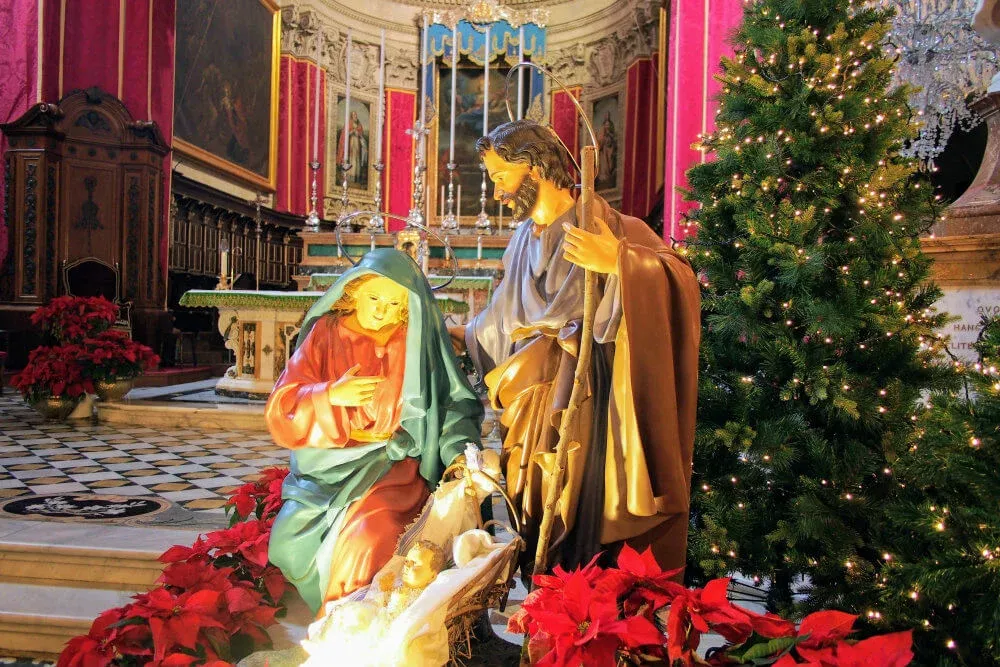
Christmas decorations in Malta
8. Malta’s Amazing Christmas Lights
Malta lays on some fabulous Christmas lights. And they stay switched on for longer than they do in other parts of the world, sometimes until February. As you might expect, Valletta has the most elaborate lights. Along Republic Street (the city’s main shopping street), the lights are accompanied by festive music. It was certainly odd hearing “Winter Wonderland” being played in a country where palm trees and cacti are more the norm.
What with Malta being a catholic country, we noticed that churches are also decorated for Christmas, both inside and out. Additionally, you’ll find lots of nativity scenes dotted about. Interestingly, a lot seemed to be set up on roundabouts.
Plan & Book your visit to Malta
In this section, we’ll go through how you can plan and book your visit to Malta.
Flights to Malta
Since Malta is an island, flights are generally the best option for most visitors.
Malta is served by one airport, Malta International Airport, located around 8km (5 miles) to the south-east of Valetta. Multiple full service and budget airlines operate flights to the airport from destinations all over Europe.
Skyscanner is a great place to start your search for the best prices on flights to Malta. They compare fares from multiple airlines and travel agents all at once.
Find flights to MaltaTransfers from the airport
Getting to your accommodation from the airport is very easy. There are three choices;
By Bus
Several bus services (operated by Malta Public Transport) will take you to destinations all over Malta. For most visitors, Bus X4 is noteworthy as it will take you non-stop to Valetta Bus Station. You can buy single journey tickets on board from the bus driver, though you will need small change as large notes will not be accepted. Multi-day passes can be purchased from the booth in the arrivals hall. The bus stops are very clearly signposted, so you shouldn’t have any problems.
By Taxi
Taxis in Malta are, by and large, trustworthy and good value. Fares from the airport are fixed according to the destination, so there’s very little risk of you being ripped off. Fares are paid for in advance from a clearly-marked booth in the arrivals hall.
By Hire Car
Similarly to most airports, there are several car hire companies operating at Malta International Airport. It is always best to pre-purchase your car hire before landing, preferably as far in advance as possible. This will get you the best rate.
Getting around Malta
Getting around by foot is very easy in the urban areas of Malta and there’s always the option to book a taxi if your intended destination is further field. Fares are reasonable and drivers are generally polite and friendly. Taxis can be booked by phoning one of the local companies or by using Malta’s own answer to Uber, an app called eCabs.
Malta’s buses are extensive with hourly services to most places as a minimum and more frequent services to more popular destinations. Fares are very reasonable and tickets can be purchased from the driver upon boarding.
For greater ease and flexibility (particularly if your accommodation is away from urban areas), you might like to look into hiring a car. Prices are pretty decent, though do weigh up the environmental implications and ask yourself whether you really do need your own wheels.
Hotels and Holiday Homes in Malta
With tourism as one of Malta’s main industries, you’d expect there to be plenty of places to stay for your visit, and you’d be right. Below, we’ve identified a handful of hotels that caught our eye. Do have a look on Tripadvisor and Booking.com though to see if you can find any other deals.
- For large, classy and contemporary rooms at great rates, try Azur Hotel by ST Hotels
- be.HOTEL in St. Julian’s also offers contemporary rooms and coastal views and is eco-certified by the Malta Tourism Authority
